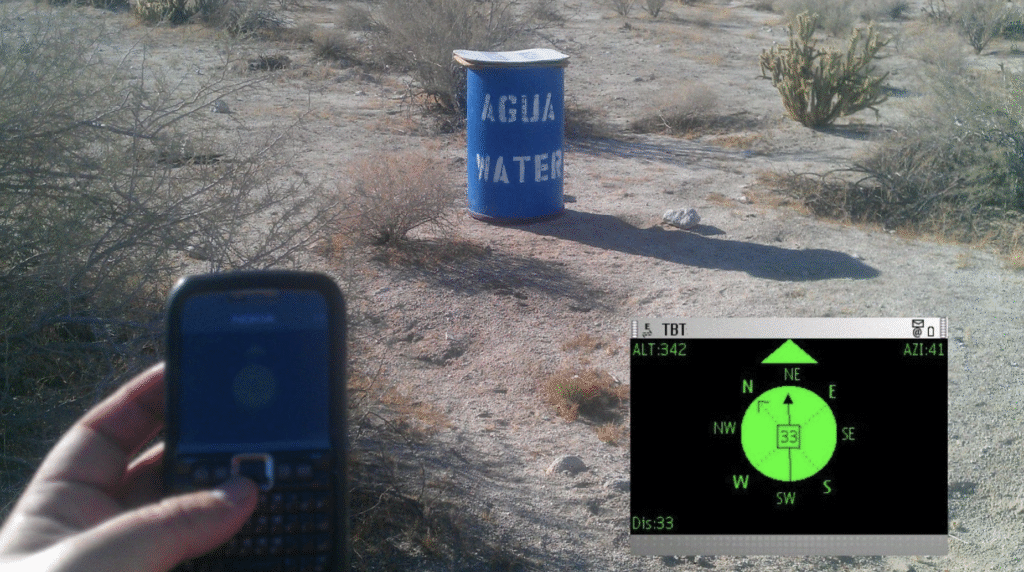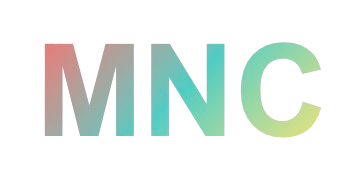Description
The Transborder Immigrant Tool emerged from a critical understanding that forced migration violates human rights, personal freedoms, and reduces people’s capacity for self-reliance. The tool was created in 2007 by the Electronic Disturbance Theater 2.0 at the University of California, San Diego, and the b.a.n.g. (bits, atoms, neurons, genes) lab. The tool was conceived as both humanitarian aid and radical art, designed to raise awareness about migrants’ struggles to survive and make them feel welcome in a new country.
The tool was built on decades of electronic civil disobedience dating to the 1980s, representing what Jason Farman calls “creative misuse.” Creative misuse entails using technologies outside of their intended use. The Transborder Immigrant Tool uses GPS technology, a mechanism that was created by the United States government in the 1960s as a tool for war and surveillance. Now, the Transborder Immigrant Tool repurposed GPS to guide migrants without transmitting their phone’s location to law enforcement, turning the GPS into a humanitarian aid tool. The mobile app’s simple compass interface was supposed to help guide Mexican migrants crossing the U.S. border to water. It guides them without transmitting location data to authorities, subverting state surveillance infrastructure for community survival.
The tool serves both a practical and emotional need. Users could either feel the phone vibrate as they got closer to the water location, or they could say “agua” (water in Spanish). The user’s phone would vibrate more intensely as they approached water caches in brightly painted barrels maintained by humanitarian organizations like Water Stations, Inc., and Border Angels. Beyond utility, the app would periodically deliver lines of poetry to the users, offering moments of welcome and beauty amid the harsh desert crossing.

The Transborder Immigrant Tool became available for download in 2008, but was never actually used by migrants themselves. As the creators put it, the tool was a performance art intervention that was never intended to be distributed to the Mexican immigrant community. Instead, the project’s impact was not in the direct usage, but in forcing public conversation about the life-and-death realities faced by border crossers and the potential for technology to serve humanitarian rather than disciplinary means.
Connection to Mobile Networked Creativity
The Transborder Immigrant Tool is not an exact example of Mobile Networked Creativity, as it did not emerge from grassroots, bottom-up community practices. However, it demonstrates the powerful potential of creative technology appropriation to address urgent humanitarian crises. By repurposing a surveillance tool (GPS technology) into a tool for survival, the project confronted the brutal paradox of migrants experiences. The tool generated critical awareness and discussions of the precarious networked mobilities of migrants and the tensions that they face between forced mobility and their lack of mobility agency.
Location
San Diego, California, United States
To Learn More
- Micha Cardenas et al., “The Transborder Immigrant Tool: Violence, Solidarity and Hope in Post-NAFTA Circuits of Bodies Electr(on)/Ic” (Mobile HCI’09, Bonn, Germany: ACM, 2009).
- Mark C. Marino, “Code as Ritualized Poetry: The Tactics of the Transborder Immigrant Tool,” Digital Humanities Quarterly 7, no. 1 (2013): 1–15.
- Fernanda Duarte, “Rerouting Borders: Politics of Mobility and the Transborder Immigrant Tool,” in Mobility and Locative Media: Mobile Communication in Hybrid Spaces, ed. Adriana de Souza e Silva and Mimi Sheller (New York: Routledge, 2014), 65–81.
- Jason Farman, “Creative Misuse as Resistance: Surveillance, Mobile Technologies, and Locative Games,” Surveillance and Society 12, no. 3 (2014): 377–88.
